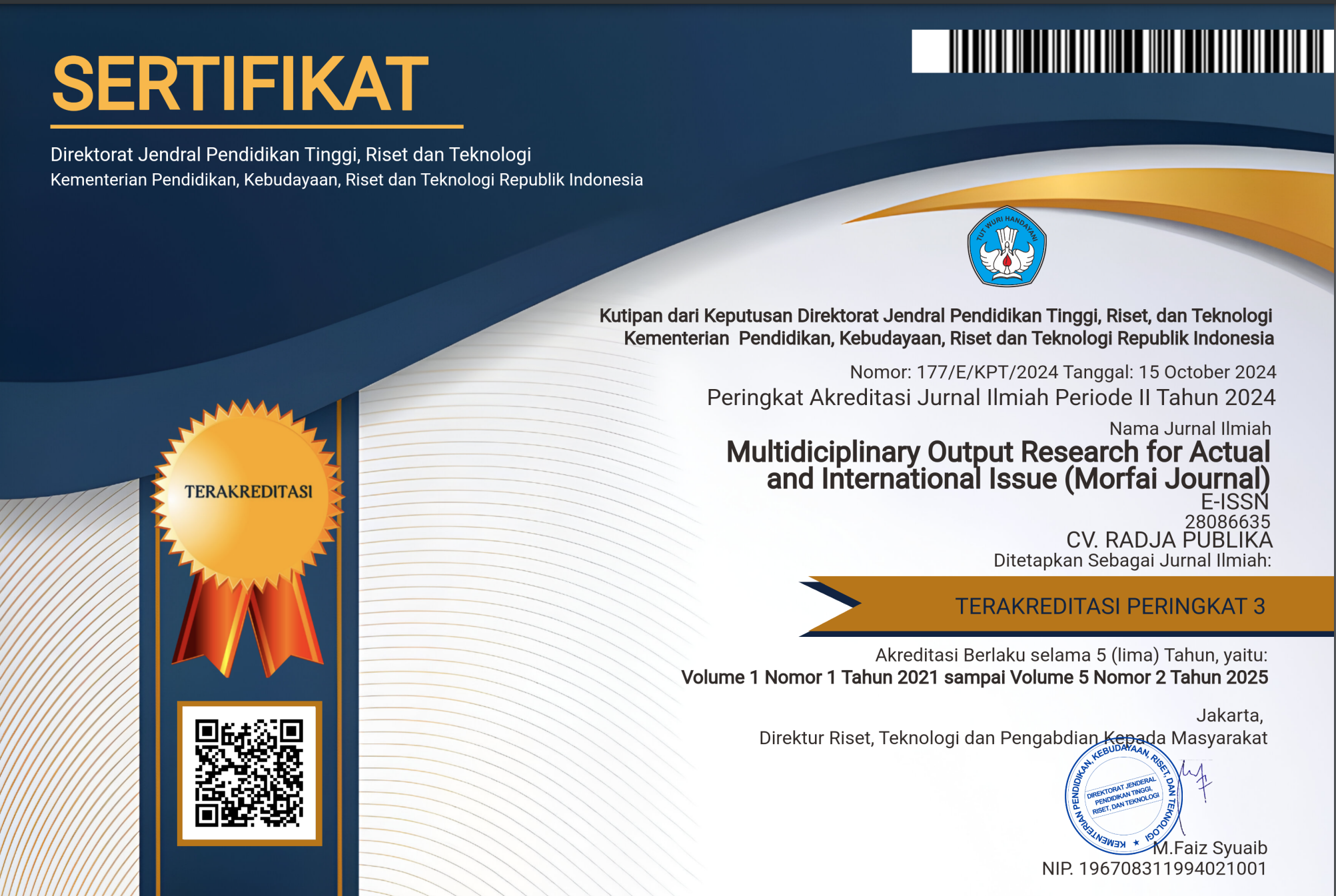SECULARISM IN INDIA MYTH OR REALITY: AN EXPLANATORY STUDY
Main Article Content
Aqib Yousuf Rather
An impetus was given to the discussion on whether or not Indian secularism is a myth or a reality. A secular society is one in which individuals are free to practise their religion of choice. The Constitution of India recognises and upholds the principle of religious toleration, making India a nation that is home to a number of distinct faiths. The term "secular" was not included in the original version of the Indian Constitution; nevertheless, it was added in 1976 as part of the 42nd Amendment. Nevertheless, the values of secular character have always been a part of the constitutional fabric of India, and this has been the case since the very beginning. The Judiciary has, on numerous occasions, drawn attention to this particular facet as well. It is possible to state with absolute certainty that secularism is one of the guiding principles of the Constitution and that this position will never be subject to revision. Nonetheless, there have been cases where the state has been seen to favour a specific religion over the concept of secularism. In order to better understand Indian secularism, we've written this piece. Secularism in India is described as a myth or reality and the issues related with it are discussed.
Baxi, U. (1999). The Constitutional discourse on secularism. Constructing the Republic. New Delhi: Har Anand Publications, 211-233.
Fatima, S. Secularism in India: A Myth or Reality. IOSR Journal of Humanities and Social Science, 22.
Galanter, M. (1971). Hinduism, secularism, and the Indian judiciary. Philosophy East and West, 21(4), 467-487.
Hirschl, R. (2013). Constitutional Courts as Bulwarks of Secularism. Consequential Courts: Judicial Roles in Global Perspective, 311, 312-13.
Jaffrelot, C. (2019). The fate of secularism in India. Carnegie Endowment for International Peace.
Losonczi, P., & Van Herck, W. (Eds.). (2017). Secularism, religion, and politics: India and Europe. Routledge.
Mahmood, T. (2011). Religion and the secular state: Indian perspective. India: National Report.
Mahmood, T. (2017). Religion, law, and judiciary in modern India. In Law and Religion, An Overview (pp. 321-341). Routledge.
Marbaniang, D. (2011). Secularism in India: a historical analysis. Lulu Press, Inc.
Mehta, J. L. (1971). Commentary on Marc Galanter's" Hinduism, Secularism, and the Indian Judiciary". Philosophy East and West, 21(4), 489-492.
Mohsin Alam, M. (2009). Constructing Secularism: Separating'Religion'and'State'under the Indian Constitution. Australian Journal of Asian Law, 11(1), 29-55.
Najam, W. (2019). Secularism in India: Myth or Reality. Pakistan Horizon, 72(1).
Parikh, S. (2005). Enshrining a Secular Idol: A Judicial Response to the Violent Aftermath of Ayodhya. Case W. Res. J. Int'l L., 37, 85.
Sen, R. (2018). Articles of faith: religion, secularism, and the Indian Supreme Court. Oxford University Press.
Sen, R. (2018). Articles of faith: religion, secularism, and the Indian Supreme Court. Oxford University Press.
Shankar, S. (2003). India's secularism in comparative perspective. India Review, 2(4), 43-58.
Singh, A. K. (2021). Myth and reality of secularism in India: An analysis. The NEHU Journal, 74.
Susewind, R. (2012). Articles of faith: religion, secularism, and the Indian Supreme Court.
Verma, V. (2017). Secularism in India (pp. 214-230). New York: Oxford University Press.
Woods, P. J. (2008). Judicial power and national politics: Courts and gender in the religious-secular conflict in Israel. Suny Press.









